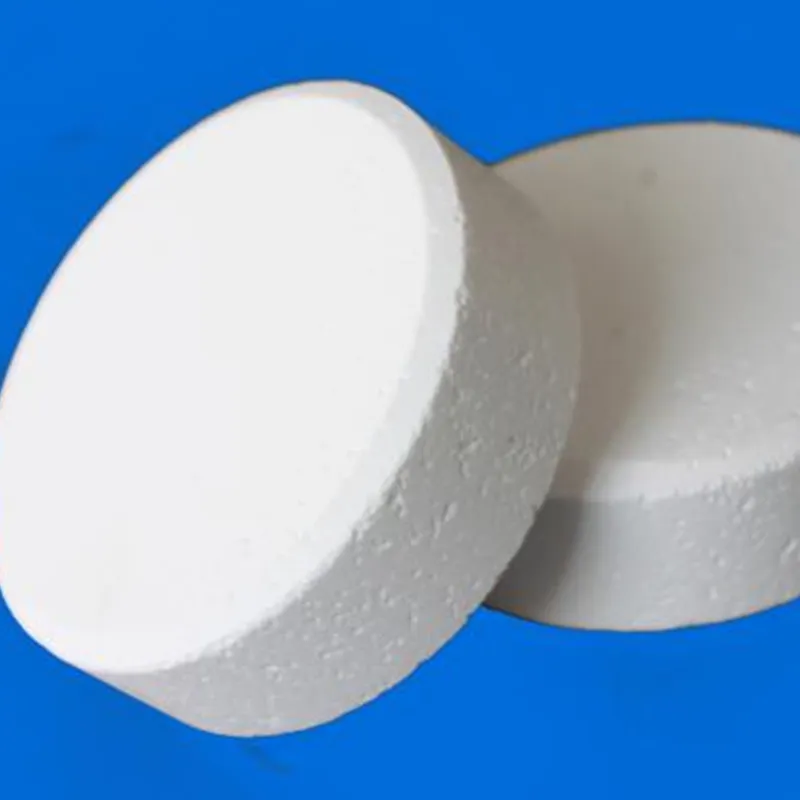
Understanding E625 Food Additive and Its Impact on Health and Nutrition
Understanding E625 A Food Additive in Our Diet
In the world of food additives, many substances contribute to flavor, texture, preservation, and overall appeal of food products. One such additive is E625, also known as potassium glutamate. This compound is often found in a variety of processed foods and is recognized for its flavor-enhancing properties, making it a popular choice in the food industry.
What is E625?
E625 is the E number assigned to potassium glutamate, a salt derived from glutamic acid, which is an amino acid naturally present in various foods. This compound is primarily used as a flavor enhancer, similar to monosodium glutamate (MSG), but it has a slightly different chemical composition. Potassium glutamate is seen as a beneficial alternative due to its lower sodium content, appealing to health-conscious consumers looking to reduce sodium intake without sacrificing flavor.
Potassium glutamate is generally recognized as safe by health authorities around the world, including the European Food Safety Authority (EFSA). It can enhance the umami flavor in dishes, which is a savory taste that adds depth and richness to food. Common food products that may contain E625 include soups, snacks, sauces, and processed meats.
Benefits of Using E625
One of the key advantages of using E625 in food production is its ability to enhance the overall flavor profile without increasing the sodium content significantly. This is particularly useful in processed foods where sodium levels can skyrocket, contributing to various health issues, notably hypertension and cardiovascular diseases. By using potassium glutamate, manufacturers can maintain a savory taste while promoting a healthier product.
e625 food additive

Additionally, potassium glutamate is a versatile additive that complements a wide range of ingredients. It can be used in both vegetarian and non-vegetarian dishes, making it suitable for diverse culinary applications. This versatility allows chefs and food developers to create products that cater to various dietary preferences while improving overall taste.
Controversies Surrounding E625
Despite its benefits, food additives like E625 sometimes face scrutiny from health advocates and consumers. The inclusion of flavor enhancers in processed foods has sparked debate about their impact on health and well-being. Some individuals report sensitivity to glutamates, experiencing symptoms such as headaches or digestive issues. However, scientific studies have generally found that glutamate, including potassium glutamate, is safe for consumption in moderate quantities.
Moreover, the use of flavor enhancers can encourage the consumption of highly processed foods, which may contribute to unhealthy eating habits. While E625 can improve taste, it is essential for consumers to be aware of the broader context of their diets, focusing on whole, unprocessed foods as the foundation of healthy eating.
The Future of E625 and Food Additives
Looking ahead, the role of E625 and other food additives in the culinary landscape will continue to evolve. As consumer demand for transparency and healthier food options grows, manufacturers may seek to reformulate their products to reduce additives or employ natural alternatives. However, the balance between maintaining flavor and meeting health standards will remain a challenge.
In conclusion, E625, or potassium glutamate, is a significant player in the realm of food additives, celebrated for its flavor-enhancing abilities while offering a lower sodium alternative. While it brings several benefits to food products, ongoing dialogue about its safety and health impacts is vital. As consumers, being informed about the additives in our food can help us make better choices that support our health and well-being. The future of food additives, including E625, will likely hinge on innovation and consumer preferences as we navigate the complexities of food consumption in an increasingly health-conscious world.
-
Pure Sodium Dichloroisocyanurate Dihydrate | Powerful DisinfectantNewsAug.29,2025
-
Industrial Chemicals: Quality & Purity for Every IndustryNewsAug.28,2025
-
Nitrile Rubber Honoring Strict Production StandardsNewsAug.22,2025
-
Aspartame Ingredients Honoring Food Safety ValuesNewsAug.22,2025
-
Fertilizer for Balanced Plant NutritionNewsAug.22,2025
-
Cyanide Gold Processing with High Purity AdditivesNewsAug.22,2025
-
Formic Acid in Textile Dyeing ApplicationsNewsAug.22,2025
Hebei Tenger Chemical Technology Co., Ltd. focuses on the chemical industry and is committed to the export service of chemical raw materials.
-

view more DiethanolisopropanolamineIn the ever-growing field of chemical solutions, diethanolisopropanolamine (DEIPA) stands out as a versatile and important compound. Due to its unique chemical structure and properties, DEIPA is of interest to various industries including construction, personal care, and agriculture. -

view more TriisopropanolamineTriisopropanolamine (TIPA) alkanol amine substance, is a kind of alcohol amine compound with amino and alcohol hydroxyl, and because of its molecules contains both amino and hydroxyl. -

view more Tetramethyl Thiuram DisulfideTetramethyl thiuram disulfide, also known as TMTD, is a white to light-yellow powder with a distinct sulfur-like odor. It is soluble in organic solvents such as benzene, acetone, and ethyl acetate, making it highly versatile for use in different formulations. TMTD is known for its excellent vulcanization acceleration properties, which makes it a key ingredient in the production of rubber products. Additionally, it acts as an effective fungicide and bactericide, making it valuable in agricultural applications. Its high purity and stability ensure consistent performance, making it a preferred choice for manufacturers across various industries.





